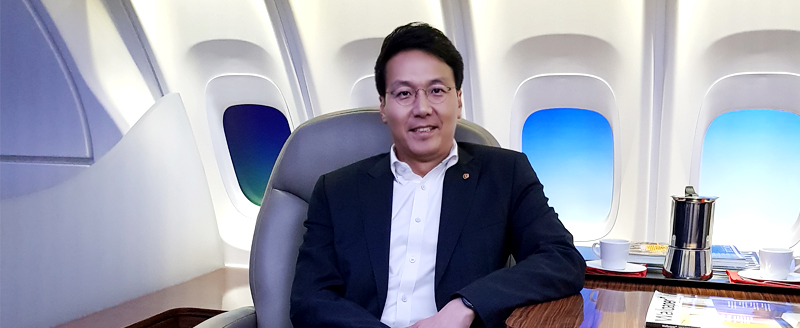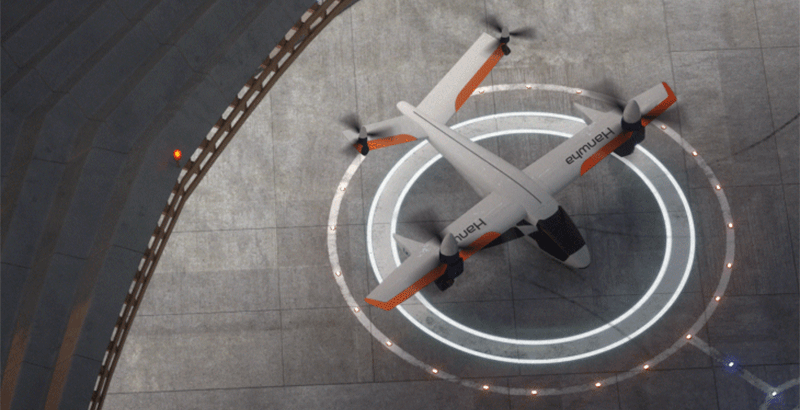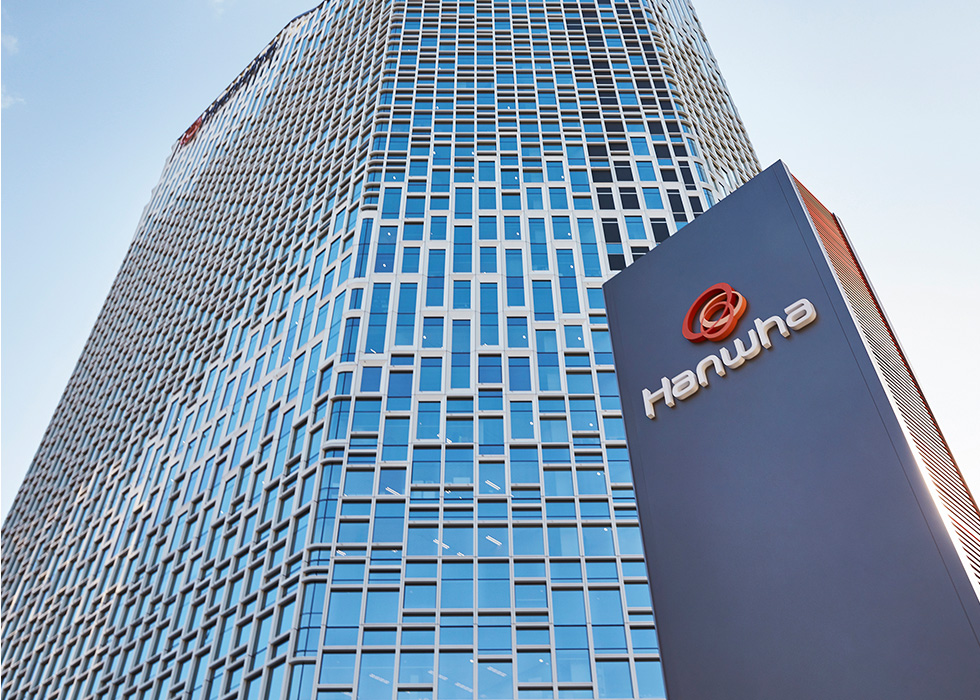Ready to Revolutionize Your Commute :Hanwha's Vision for Aerial Mobility Takes Flight
Once confined to science fiction and small, but dedicated, aviation communities, daily personal air travel is set to take flight with an entire generation of aircraft into the nascent urban-air-mobility (UAM) market. Once the market goes active, analysts predict it will see massive growth, with Morgan Stanley anticipating that it will climb to USD 1.5 trillion by 2040.
Among those companies looking to transform the way people get around in cities is Overair, a U.S.-based air-taxi startup founded by some of the leading minds in the aerospace industry. The company is developing the Butterfly, an all-electric personal-air vehicle (PAV) that will provide a quiet, safe, and eco-friendly transportation solution for those who need to move quickly in urban areas.
In 2019, Hanwha Systems, Korea’s leading avionics company, made a significant investment in Overair and entered into a collaboration agreement to bring Butterfly to market.
Suk-Eun Yoon, Head of New Business Development at Hanwha Systems, spoke about the partnership and how the Butterfly will be a gamechanger in urban mobility.
 Suk-Eun Yoon, Head of New Business Development Office at Hanwha Systems Suk-Eun Yoon, Head of New Business Development Office at Hanwha Systems
When did Hanwha Systems begin looking into urban-air mobility? We first began considering the UAM market in 2018. We formed a task force to dive deep in the field and investigate the best companies with which we could partner. This search led us to Karem Aircraft, which was founded by Abe Karem. How is Hanwha Systems collaborating with Overair? Subject matter experts from Hanwha Systems are contributing to the development of key systems within Butterfly, including drivetrain systems, flight control laws, and hardware and software system architecture design and safety analysis. This collaboration applies Hanwha’s deep expertise in these fields to the Butterfly’s design so the vehicle can achieve its stringent goals.  Vectored thrust aircraft, like the Butterfly, rotate their engines to transition from vertical to horizontal flight and back again Vectored thrust aircraft, like the Butterfly, rotate their engines to transition from vertical to horizontal flight and back again
Why is the Butterfly being developed as an eVTOL aircraft? To be more specific, the Butterfly is a vectored thrust VTOL (vertical-take-off-and-landing) aircraft. Building on what I said previously, the Butterfly’s all-electric propulsors will rotate vertically for takeoff and landing and rotate horizontally for cruising. What technological advancements make the Butterfly possible? Advancements in battery technology mean that the Butterfly will be able to make multiple trips on a single charge and reduce how much downtime it needs for charging. It will also be very simple to charge. All an operator will need to do is plug it into a power source, meaning that maintaining and flying a Butterfly will be relatively easy and cost-effective compared to traditional aircraft. What is the timeline for the Butterfly’s development? The Butterfly is currently in the design phase. We plan on commercializing the aircraft by by the middle of this decade. Are there any challenges you expect to face? The Butterfly and other types of UAM vehicles will offer a brand-new paradigm for transportation. So, we’ll have to educate the public on how these aircraft will be a benefit to the community. What will the Butterfly’s impact be on the future of transportation? eVTOL aircraft like the Butterfly represents a major step forward. Until now, commuting by air was something only seen in science fiction. Once the Butterfly takes flight, it will become reality. |
“For us, the Butterfly is a giant leap forward.
The work we’re doing to develop this vehicle has enormous potential
in transforming the way aircraft in general operate.”
- Suk-Eun Yoon, Hanwha Systems
Overair is targeting certification from the U.S. Federal Aviation Administration for the Butterfly as a civil small aircraft.
Looking further into the future, Hanwha Systems hopes to see the Butterfly, air taxis, and UAM vehicles are adopted by a wide audience and be a part of the creation of a global market for urban-air mobility.
Get the latest news about Hanwha, right in your inbox.
Fields marked with * are mandatory.
- Non-employee
- Employee



